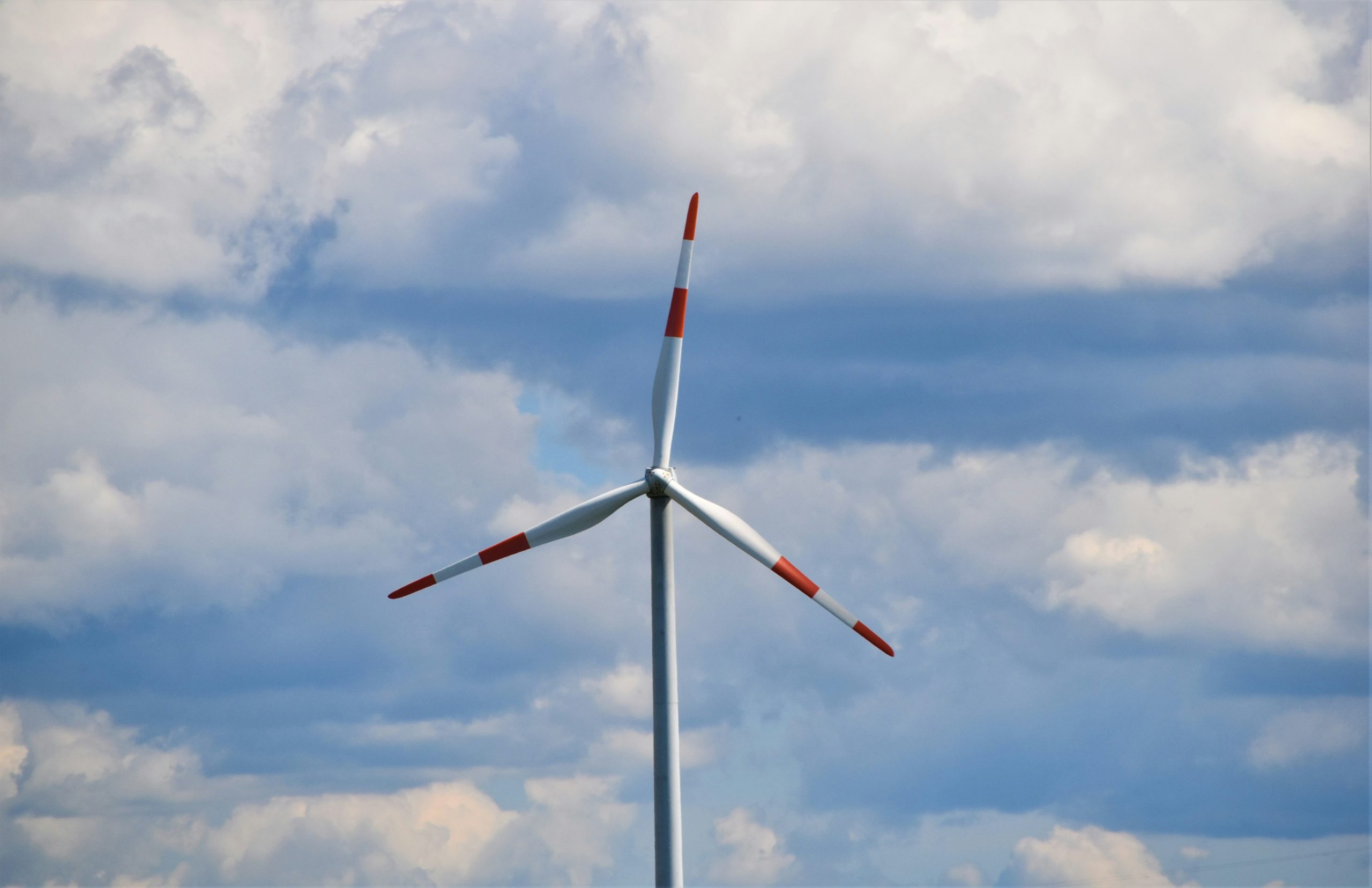Litgrid, the Lithuanian electricity transmission system operator, said it is receiving an increasing number of requests from developers to investigate the possibility of connecting new wind or solar power plants to the transmission grid. The operator argues that Litgrid’s preparations for the synchronization process and other system development projects will help ensure transmission grid reliability as more renewable generation capacity becomes connected to the grid.
Electricity generation from renewable energy sources is facing a surge, reports Litgrid. He points out that the number of applications to build power plants is growing exponentially. As of January 2022, Litgrid has received 22 applications from RES developers for pre-connection conditions for wind and solar projects – 10 are wind projects with a total capacity of 304 MW and 12 are solar PV projects with a total capacity of 668 MW. This is more than from the first five months of 2021, when a total of 20 applications were submitted.
– We have seen an increase in activity since about the middle of last year. Large renewable energy projects, especially wind, no longer require government subsidies and are a profitable investment in their own right. That’s why developers are rushing to take advantage of the opportunities to connect power plants to the transmission grid – we have different capacities in different areas. Therefore, we need connection conditions issued by us as an operator, which help us to assess whether a power plant of a given capacity can be connected to the transmission grid, or whether at this point the transmission grid still needs to be reinforced by investments made by the developer under the current legal framework,” explains Rokas Masiulis, CEO of Litgrid.
He adds that in western Lithuania, for example, space for new wind farms is practically non-existent, and developers have started applying to build power plants in the east of the country. Although wind indicators tend to be somewhat weaker here, the changing market situation is increasing interest in installing power plants in other regions of Lithuania as well.
To provide greater transparency to developers and thereby encourage investment in renewable power plants, Litgrid plans to develop a virtual connectivity map where developers can see how much generating capacity can be installed and in which areas.
RES investments are driven by the integration of international markets
According to Masiulis, investment in new RES capacity is driven both by falling technology prices, declining competitiveness of thermal power plants due to rising costs of fossil fuels and emissions permits, and a general public push for sustainability solutions.
– Investment is also being driven by increasingly integrated markets, with international links such as LitPol Link, NordBalt, and the emerging Harmony Link playing an important role. We increasingly trade with other European countries, and our markets are increasingly subject to the same trends. For example, as Germany moves away from nuclear power and all of Europe embraces the Green Deal and tries to consume as much renewable electricity as possible, wind-generated electricity is becoming even more in demand throughout the region, including in Lithuania, Masiulis explains.
Currently, there are 20 renewable energy power plants under construction (i.e. with signed letter of intent, connection conditions or agreement with Litgrid) in Lithuania: 18 wind, 1 solar and 1 biomass. By comparison, as recently as 2020, the total capacity of all renewable power plants in the country was 936 MW, Litgrid reports.
Litgrid is currently implementing a project to synchronize Lithuania’s system with the grid of continental Europe, as part of which it is strengthening the country’s transmission grid and building a new marine connection to Poland – Harmony Link. This work will facilitate the connection of additional 960 MW of onshore renewable energy capacity to the transmission grid. The country will also install 3 synchronous compensators in preparation for synchronization.
In September 2022, a unique test will be conducted when the entire Lithuanian power system will be temporarily disconnected from the IPS/UPS synchronous zone for the first time and will operate in island mode. Currently, Lithuania, Latvia, and Estonia, along with Russia and Belarus, operate under the IPS/UPS system, in which the frequency of electricity is centrally regulated in Russia. Connection to the networks of continental Europe and synchronous operation with Poland, Germany, and other countries of continental Europe will be realized by 2025 at the latest.
According to the targets set by the Ministry of Energy of Lithuania, by 2030 the total solar and wind power generation capacity in Lithuania could reach 7000 MW, of which 3600 MW will be for onshore wind power, 1400 MW for offshore wind power, and 2000 MW for photovoltaics.
Source : Litgrid















